Alien Life On Mars May Be Living Underground
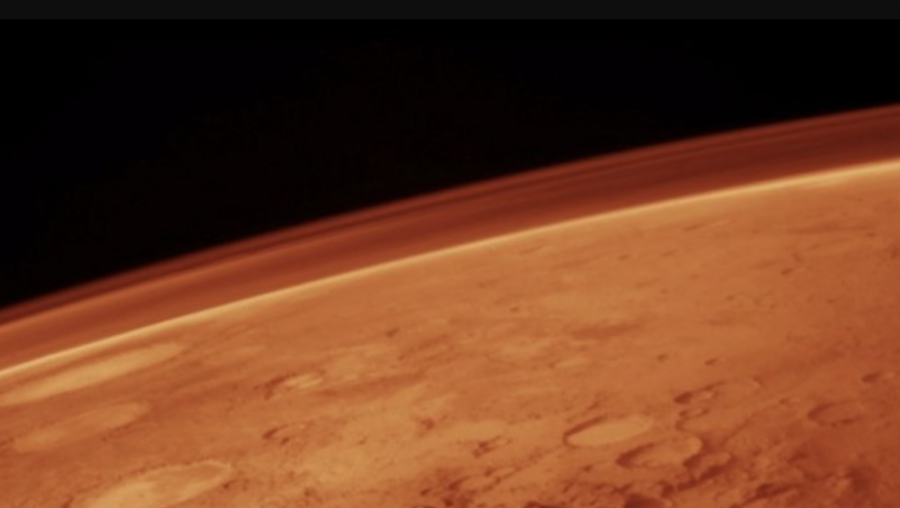
Researchers are inching closer and closer to finally answering the age-old question of whether or not there is life on Mars. This comes after the recent discovery made by NASA’s Phoenix lander, which likely detected the existence of a massive underground ocean of water deep beneath the surface of the Red Planet. Since water is a vital source of life, researchers are now looking to the vast network of subterranean life on Earth as a possible answer to finding Martian life forms.
Chemical Reactions Deep Underground
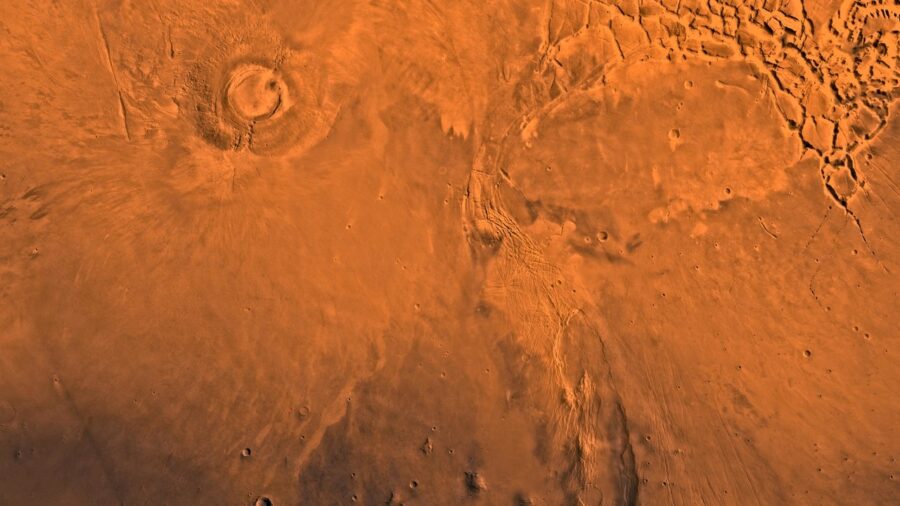
According to Karen Lloyd, a subsurface microbiologist at the University of Southern California, the data retrieved from the Phoenix lander could prove to be a “game-changer” when it comes to the location of life on Mars. “We know that water is a prerequisite for life as we know it,” says Lloyd. “I’ve always preferred the notion that life would be buried somehow.”
Pointing to Earth’s deepest underground habitats, Lloyd explains that microorganisms can survive for thousands of years well below the surface. In certain types of rock that exist deep underground, specific life forms such as chemosynthetic microbes are able to survive, thanks to chemical reactions that can only occur so far down beneath the surface of the Earth.
Life Without The Sun
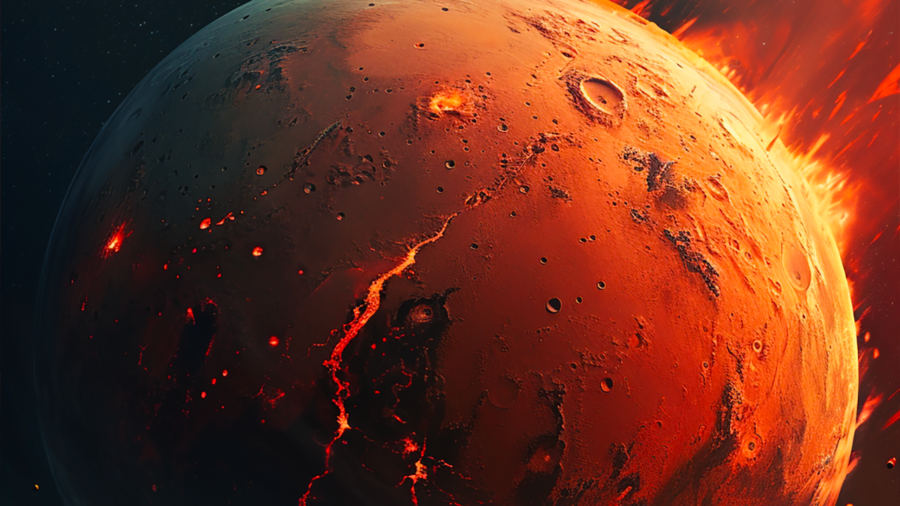
Instead of using the sun to absorb energy and sustain itself, underground microbes exist exclusively on those chemical reactions, which provide just enough sustenance for these microbes to survive for long periods of time. Lloyd says that there are countless types of chemical reactions beneath the surface, including the exchange of gases such as methane or hydrogen sulfide, resulting in an energy source that is able to support life. These underground life forms are believed to be some of the oldest types of organisms on Earth due in part to their ability to survive and adapt.
Similar To Life Under Earth’s Ocean
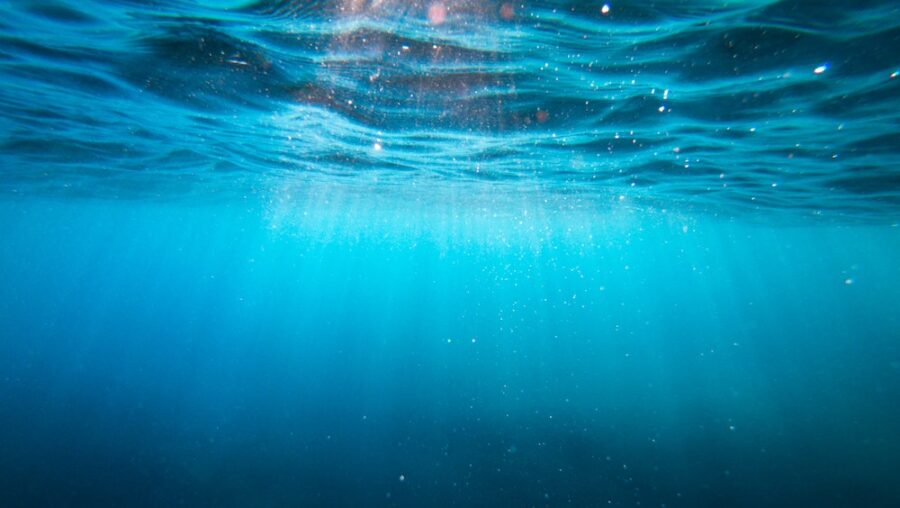
“There are definitely large parts of the subsurface, primarily underneath our oceans, where nothing really happens for millions of years,” says Lloyd. Due to this inactivity, Lloyd says that many microbes don’t have the energy source necessary to make new cells, so these life forms slow down their metabolisms and exist in a type of stasis. This long period of stasis allows single-cell life forms to survive for thousands and thousands of years.
Life Is Dormant

With an eye on Earth’s underground biology, researchers believe that the same processes could be occurring well below the Martian surface, indicating the existence of life on Mars in the form of microbes and bacteria. And thanks to the discovery of a likely underground ocean on Mars, those possible life forms could very well be living in dormant states directly under the water source. Similar to the microbes buried deep under the Earth’s surface, life forms on Mars could also exist for thousands of years at a time, surviving off of the scarce nutrients under the Martian surface.
The Potential For Life On Mars
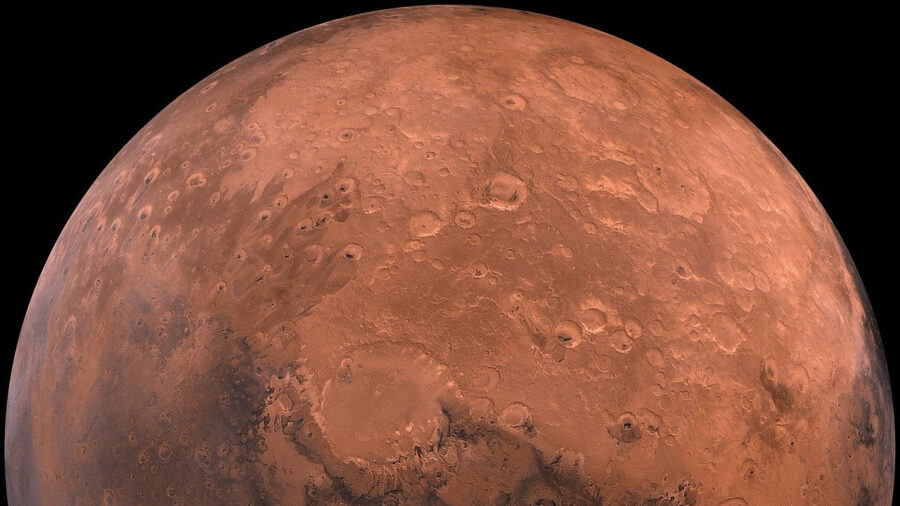
According to Cara Magnabosco, a geobiologist at ETH Zurich in Switzerland, the likelihood of a thriving Martian surface millions of years ago strongly suggests the existence of life on Mars. From previous unmanned missions on Mars, rovers have located features on the planet, such as canyons, which indicate flowing water on the surface at one point. “If life was able to develop on Mars, it has a very good chance of still surviving and being on Mars today,” Magnabosco says.
While healthy speculation about life on Mars fuels the need for further research, obtaining samples of subterranean Martian microbes could prove to be immensely difficult. Data suggests that the underground Martian ocean is currently several miles below the surface of the planet, making a future drilling operation a tough task.
Source: Liebert Pub












